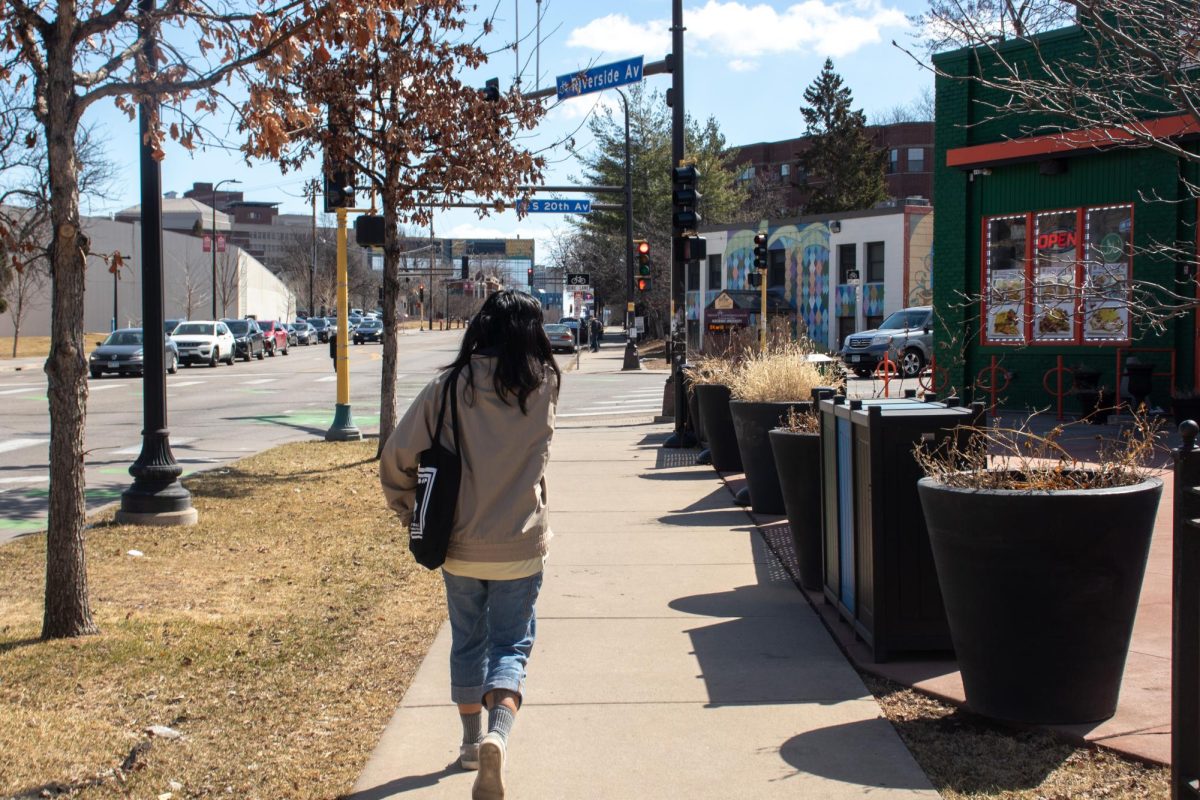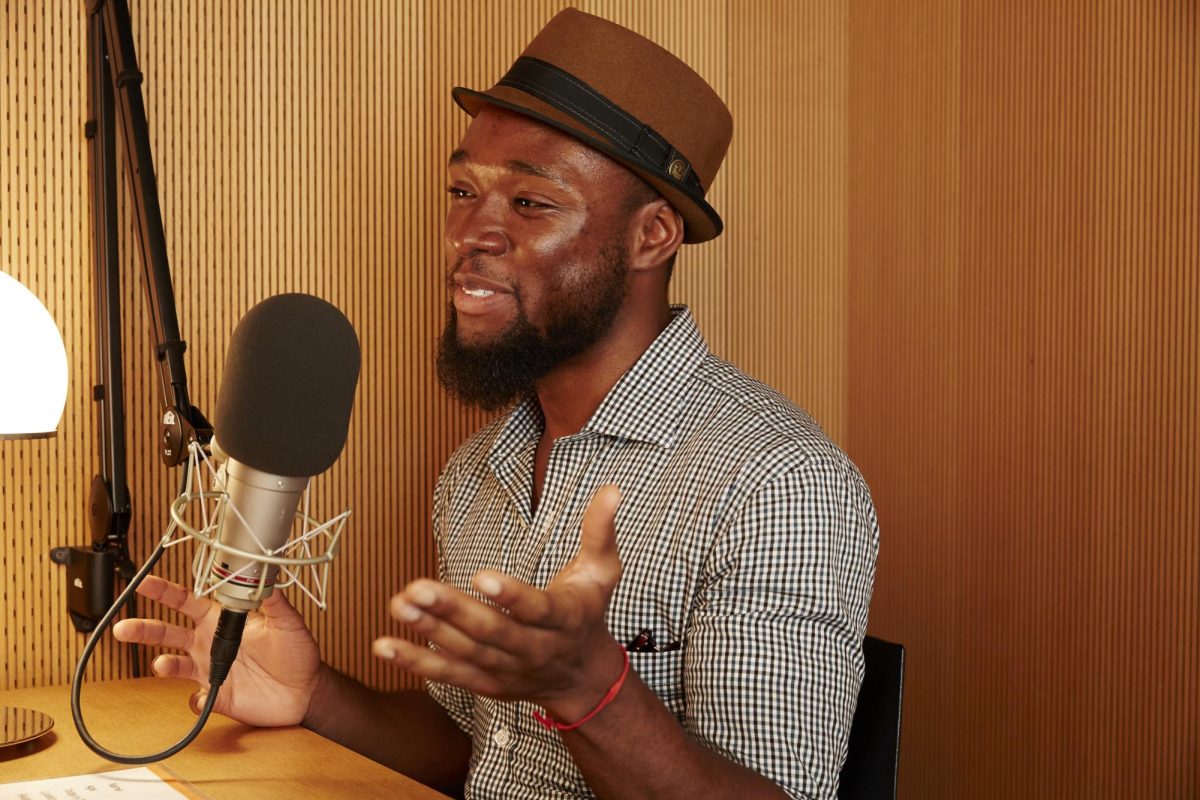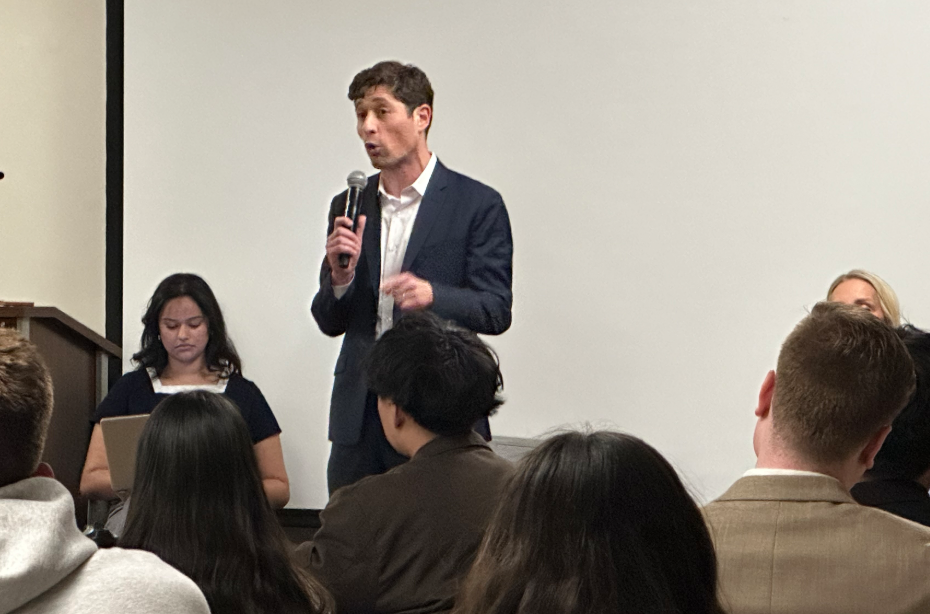Driving north on Interstate 94 out of Minneapolis, to the right is an industrial corridor where air quality is traded for roof shingles and concrete. To the left are predominantly black neighborhoods with the highest rate of asthma hospitalizations in the state, according to the Minnesota Department of Health.
A new study by University of Minnesota researchers has quantified what previously had only been speculated: white people cause air pollution and people of color disproportionately breathe it.
The study published last month analyzed national public data on consumption, emissions and mortality. The researchers found significant racial disparities in those who are exposed to particulate matter air pollution and those responsible for creating it.
According to the study, black and Hispanic people often shoulder the “pollution burden” of white people. White people consume more goods and services on average than either group, but are exposed to about 17% less air pollution than their consumption causes. Black people are exposed to 56% more pollution than they cause and Hispanic people are exposed to 63% more.
“Some may find it intuitive that, on average, black and Hispanic minorities bear a disproportionate burden from the air pollution caused mainly by non-Hispanic whites,” the study says. “But this effect has not previously been directly established, let alone quantified.”
Studies have long shown that minorities are exposed to more toxic pollutants than white people. However, co-author Christopher Tessum, an environmental engineer at the University of Washington, said this study is the first that looks at who is responsible for those pollutants.
“We find that it is not that non-white people are polluting more. It’s actually the opposite,” said Tessum, who completed his education at the University of Minnesota. “White people are disproportionately causing the pollution and black and Hispanic people are disproportionately exposed to that pollution.”
The World Health Organization has found that particulate matter air pollution is one of the leading causes of death worldwide. Exposure to PM 2.5 — fine particles such as metals and soot — is linked to cardiovascular and respiratory issues that can cause strokes, cancer and heart attacks. The study estimates 83,000 premature deaths are due to emissions from personal consumption.
“So, essentially, all the things we do and all the things we buy are those 80,000 deaths,” said co-author Jason Hill, an associate professor in the University’s Department of Bioproducts and Biosystems Engineering.
Nick Knighton, co-president of the Voices for Environmental Justice student group, said the study’s findings demonstrate systemic racism. He said people should be more aware that the choices they make everyday have an impact on someone’s environment.
“If we’re not challenging it every single day, we are complicit in it,” he said.
However, Hill said it’s not all bad news. Despite the disparity, air pollution overall has gone down over the past decade. Mortality caused by that pollution is down across all racial groups. Hill attributes the decline to robust air pollution regulations.
The study’s team of environmental engineers, economists and scientists created a model based on a wide array of government data. They looked at data from the Bureau of Labor Statistics on who buys what and traced that money using data from the Bureau of Economic Analysis. Following the money through the supply chain ultimately led the researchers back to the factories and farms that do the emitting.
Using the Environmental Protection Agency’s National Emissions Inventory, the researchers were able to track emissions of PM 2.5. They then used Census data to determine who ends up breathing those emissions.
Hill said the team used national average health data. “We’re not linking individual deaths. There are no death certificates that say PM 2.5,” he said. But, that means the results are even more revealing.
“This shows that there’s a systemic trend in who creates pollution and who is affected by it,” he said. “It’s no longer just a hypothesis. It’s a finding.”







